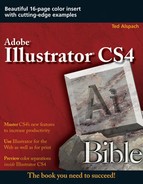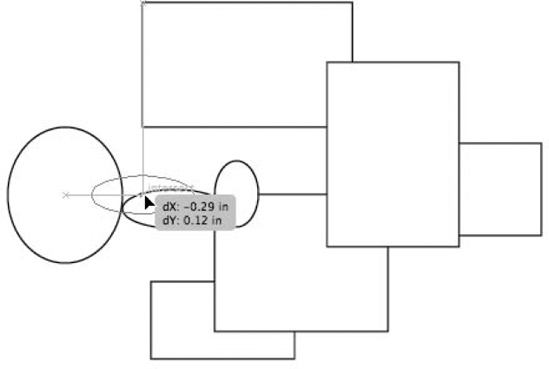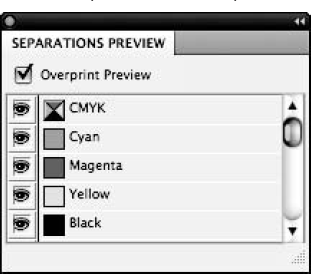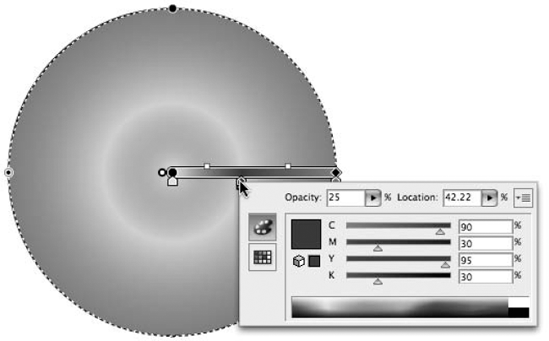Multiple Artboards
Appearance and graphic style updates
Align enhancements
Really smart Smart Guides
The Blob Brush tool
Gradients — now with transparency!
Color Separation Preview panel
Color blindness preview
Goodbye, Filter menu!
It's always exciting to see what's new in new versions of your favorite software. Longtime Adobe Illustrator fans certainly have a great interest in learning about the new features in Illustrator CS4, but those changes aren't of interest only to people who've used Illustrator extensively in the past. New users and people who currently use other products instead of Illustrator also want to know if this new version adds must-have features.
In this chapter, I introduce several features that have been added to Illustrator CS4 as well as some changes that make existing features easier to use or simply more powerful. Fortunately, Illustrator CS4 maintains a strong connection with the past so that you don't have to relearn much at all. Still, many of the changes that have been made are important ones that you'll find useful and fun. Let's dig in!
For 13 versions (give or take a few depending on what you consider a version), Illustrator has supported a grand total of one page. Yes, there are clever workarounds (page tiling, resetting ruler origins, etc.) and even a plug-in from a third party that cleverly automates layers to simulate multiple pages, but the reality is that Illustrator was always a single-page application. That is until version CS4. In Illustrator CS4, you finally get multiple pages.
In order to prevent confusion with Adobe's awesome page-layout application, Adobe InDesign, the powers that be at Adobe have decided to call these new multiple pages multiple Artboards. Technically, Adobe is totally right in doing so here because Illustrator has always had the Artboard metaphor, not a page metaphor. And I'm going to call them multiple Artboards because everyone I know at Adobe who works on Illustrator will yell at me if I don't, but we know the truth: They're multiple pages.
If you're used to a page-layout application, you'll be thinking about heading right over to the Pages panel to check it out. But, of course, because they aren't pages, there's no such beast. In fact, there's no Artboards panel either. No, what Adobe has done is to give you an Artboard tool, which puts Illustrator into Artboard mode, as shown in Figure 1.1.
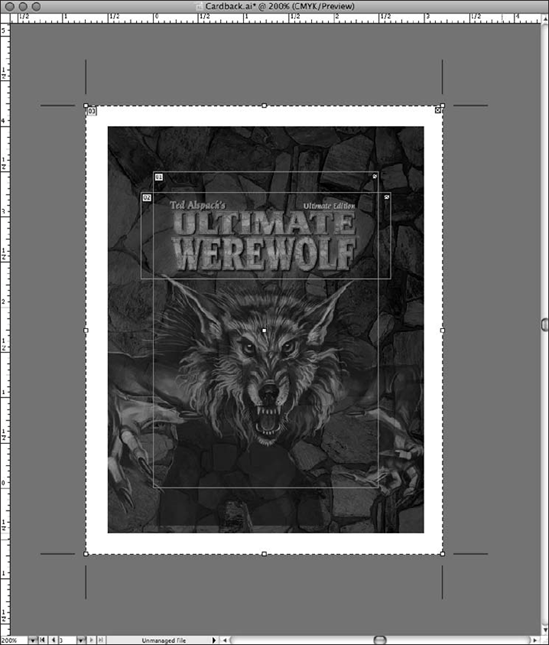
Figure 1.1. Multiple Artboards are shown in Artboard mode as regular rectangles on a darkened background.
Figure 1.1 actually has three overlapping Artboards; when you print pages 1–3 of this document, each Artboard is on a new page. Neat!
Note
For more on multiple Artboards, see Chapter 3.
Ever since Illustrator 9, the Appearance panel redefined how Illustrator was used, turning a powerful vector-illustration application into the powerhouse it is today. Several versions later, Adobe added all sorts of great extras to the Appearance panel, which is shown in Figure 1.2. Enhancements include hiding and showing effects, quick access to stroke/fill/transparency attributes, and one-click access to applied effects. It's all polish, but it's the super-shiny kind.
In addition, the Graphic Styles panel icons are now much more representative of the actual style than in previous editions, which makes the thumbnails much more useful than before.
Those handy little dropdown lists (popup menus) you saw on the Appearance panel are in the Control panel too, and they're just as handy there as they are in the Appearance panel. Figure 1.3 shows how you can quickly access graphic styles from the Control panel.
You can quickly align points by using the Align panel buttons (which are usually present on the Control panel too). Simply use the Direct Selection tool to select a series of points and then use an Align button to align or distribute the points quickly and accurately.
Note
For more on using the various selection tools, see Chapter 6.
Smart Guides used to be weak little guys, lining up to various objects and paths and such as necessary but never really helping as much as they thought they were. CS4 Smart Guides, as shown in Figure 1.4, live up to their name by providing alignments that are intelligent and incredibly helpful.
Ever wish you could just drag a brush around the screen and bunch all the artwork under it into a single object? Well, that's what the Blob Brush tool does for you. Figure 1.5 shows what happened to Figure 1.4 when I dragged the Blob Brush tool through those paths.
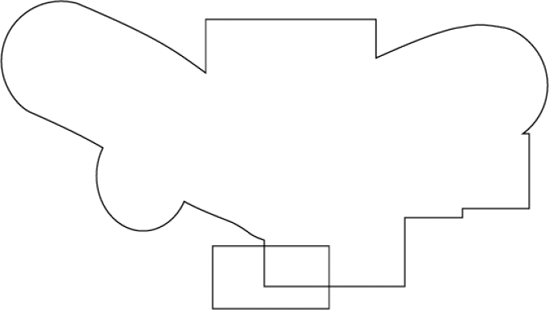
Figure 1.5. Paths from Figure 1.4 have been Blob-brushed into one big path (with a little rectangle left over).
If you've ever schlepped your Illustrator documents over to Photoshop just to see how they were going to separate, you'll absolutely love the new Separations Preview panel. It shows you not just CMYK separations but also spot color separations. Figure 1.6 shows the Separations Preview panel.
When doing color work, this handy new feature allows you to see what your document looks like to anyone who is color-blind. These options are available in the View Menu (View
Gradients have been given a few notable enhancements, specifically the ability to apply opacity to a gradient stop and to edit gradients live directly on an object, as shown in Figure 1.7.
A relic from the early 1990s, the Filter menu has finally been removed from Illustrator. No longer will I have to patiently explain the difference between effects and filters and why you should never use filters, and if that's the case, why does the menu exist? This simplifies Illustrator tremendously and forces laggards (you know who you are) to finally start experiencing the wonders of effects.
Illustrator CS4 has some major changes and several minor ones compared to earlier versions. This chapter introduced several of the new features in order to give you a bit of the flavor of the new version. You learned that:
Multiple Artboards are Illustrator's version of multiple pages.
The Appearance panel has been given a facelift to allow for hiding and showing effects.
Links and dropdowns are now part of the Control and Appearance panels, allowing for quick access to a number of features.
Smart Guides are now super smart, with the ability to help you align to anything else in your document.
Color separations can now be viewed directly inside Illustrator thanks to the new Separations Preview panel.
Gradients can have transparency applied to gradient stops.
The Filter menu is gone — and good riddance!
